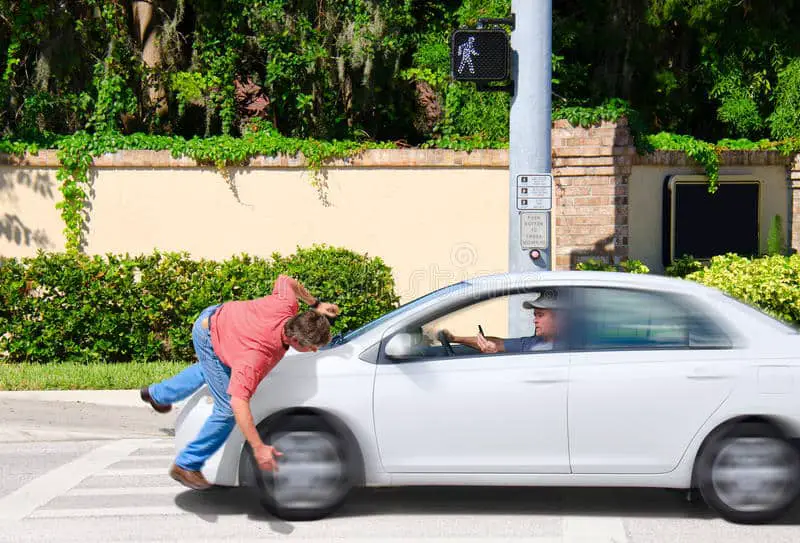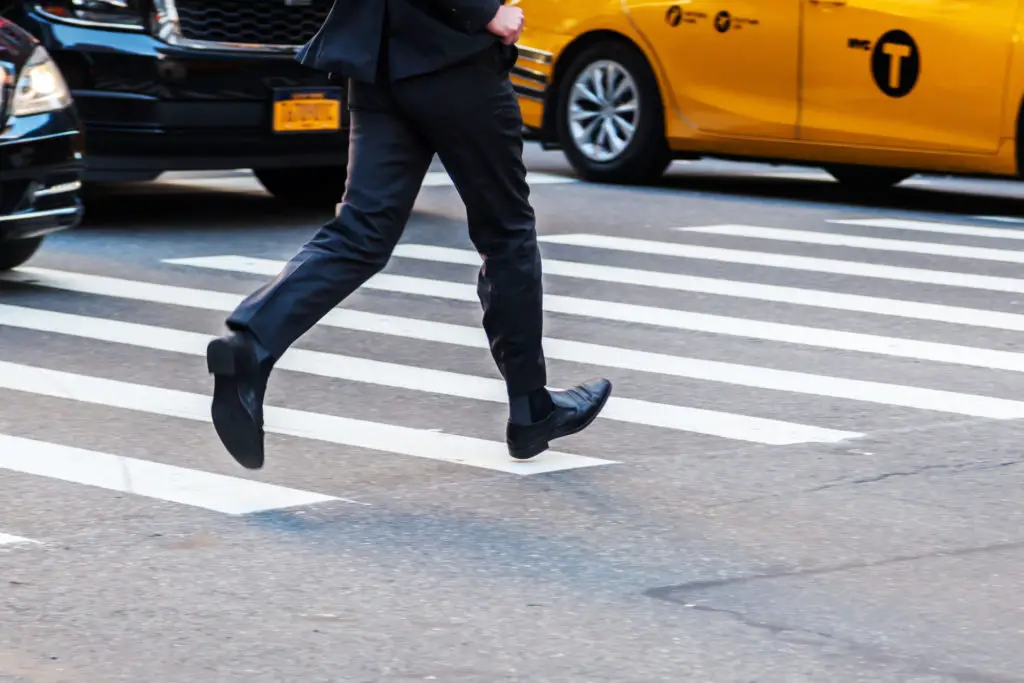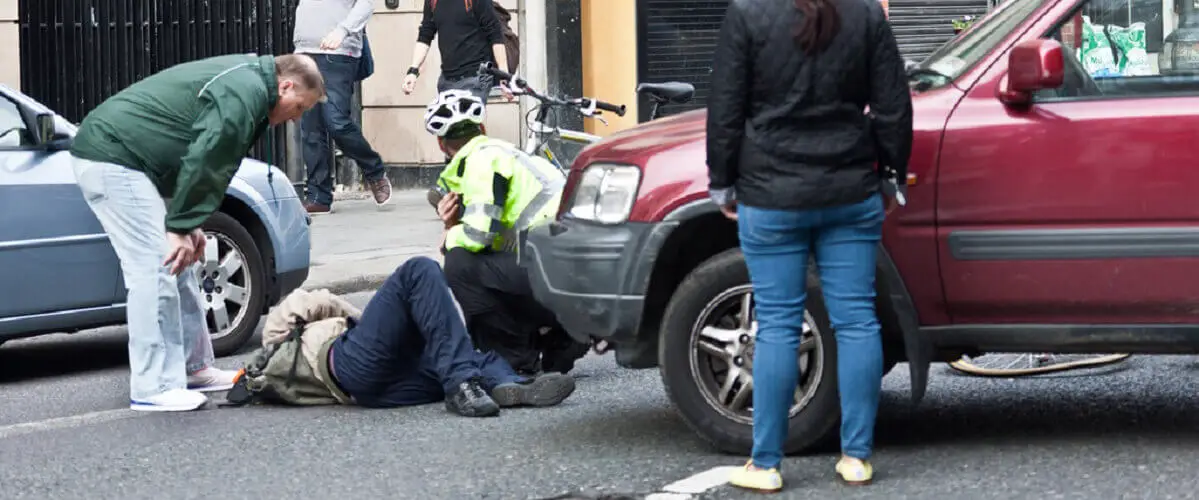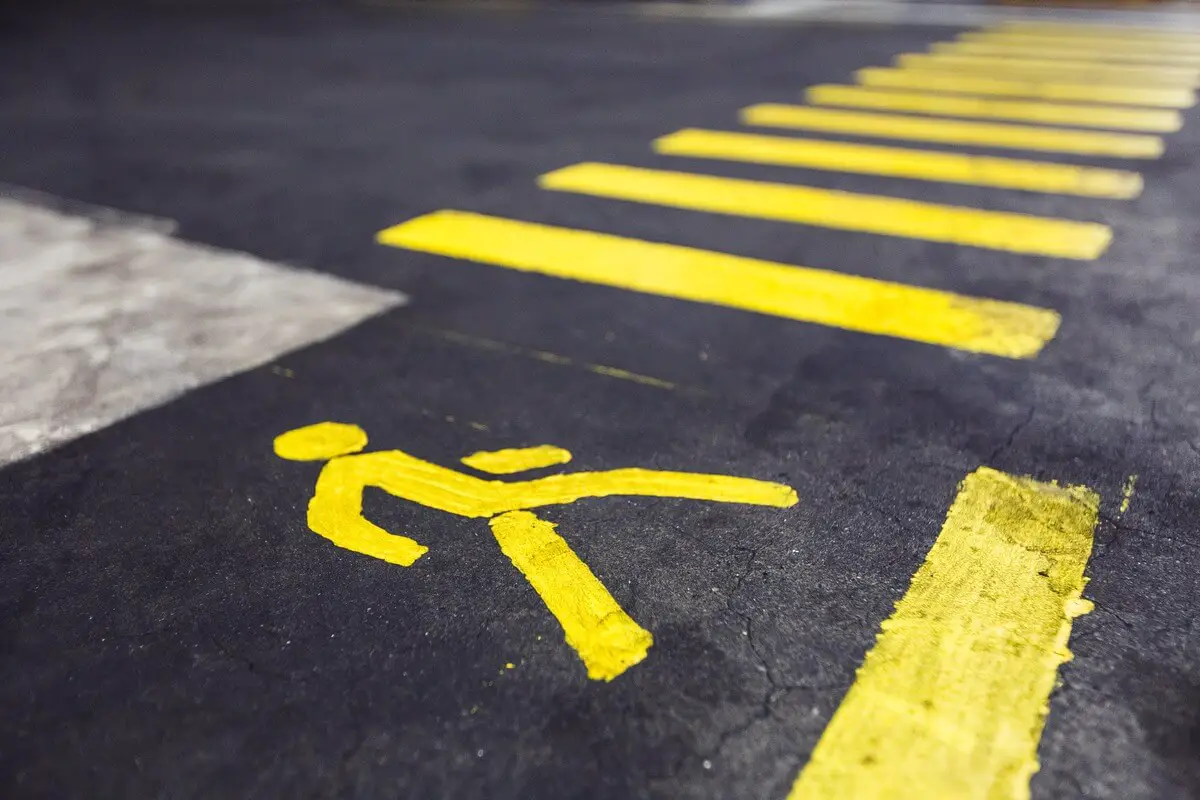Accidents that involve pedestrians common causes and manifestations
Distracted drivers are those who have their attention diverted from the road by anything other than the driving itself, such as their mobile phones, loud music, altering the controls in the vehicle, consuming food, customers, or anything else. It just takes a fraction of a second for a pedestrian to be involved in a severe collision.
Impaired drivers: Some motorists are so careless as to get beneath their vehicles after having consumed alcohol, illegal narcotics, or even prescribed medications. Accidents caused by drunk driving are already very dangerous when they involve two cars. When intoxicated drivers strike pedestrians, the victims almost always get injuries that are either life-threatening or fatal. The majority of people who are killed in hit-and-run accidents are pedestrians, and the vast majority of motorists who flee from the site of a collision are under the influence of alcohol or drugs.

Vehicles who refuse to stop or surrender at intersections: A significant number of pedestrians, joggers, and cyclists are injured or killed when a motorist fails to pull over or surrender at a junction. If a driver causes an accident by failing to cede his or her right of passage as stipulated by the state’s laws, that driver may be held responsible for the collision and any injuries that occur from it. Drivers which take a left-hand next: When approaching a junction, it is common for the car to have a green light even if pedestrians have the right of way. In this specific situation, people have the proper of way, despite the fact that this may be rather perplexing. According to some recent figures, left turns are the cause of one in four incidents involving pedestrians and vehicles in the US.
Cars who are moving in reverse: Accidents involving backup occur when a motorist is retreating and fails to spot a pedestrian, resulting in a collision with the pedestrian. These are the kinds of collisions that often take place in car parks and yards. Accidents that occur while a vehicle is driving in the opposite direction of the one in which it was travelling at the point of the collision are almost always the driver’s responsibility. Drivers who velocity: Speeding slows a driver’s response time while simultaneously extending the length of time necessary to come to a complete stop with the vehicle. It is more probable for motorists who are going much faster than the official speed limit to collide with walkers. More rapid the impact’s speed at the moment of the collision, the greater the likelihood that significant injuries and fatalities may occur.

Injury Categories That Can Affect Pedestrians
Injury to the body’s soft tissues: After being involved in a crash, walkers often experience pain from injuries to the muscles, tendons, or ligaments in their bodies. Even though these wounds are considered to be relatively mild, they are nonetheless capable of causing ongoing discomfort and anguish, particularly if medical care is delayed. Fractures and shattered bones are common injuries sustained by pedestrians who are the victims of traffic accidents.
These are the kinds of injuries that may cause excruciating agony and often need for medical intervention in the form of surgery in order to achieve a complete recovery. Injury to the head, often known as a traumatic brain injury, is one of the leading contributors to long-term disability and mortality among pedestrians who are involved in collisions with motor vehicles. Some people who have had mild to severe traumatic brain injuries are able to make a reasonably speedy recovery from their injuries. Individuals who experience traumatic brain injuries that are more severe may be required to have substantial or perhaps lifelong medical treatment.

Injuries to the spinal cord are more probable to occur in pedestrians because they are not covered by the protection of a vehicle, such as an automobile. Accidents involving motor vehicles are among the more frequent reasons for injury to the spinal cord. Apathy, trouble breathing, and diminished control over bowel or bladder function are all possible outcomes of a spinal cord injury (SCI). Depending on the nature and extent of their injuries, victims may be responsible for paying exorbitant medical bills.

